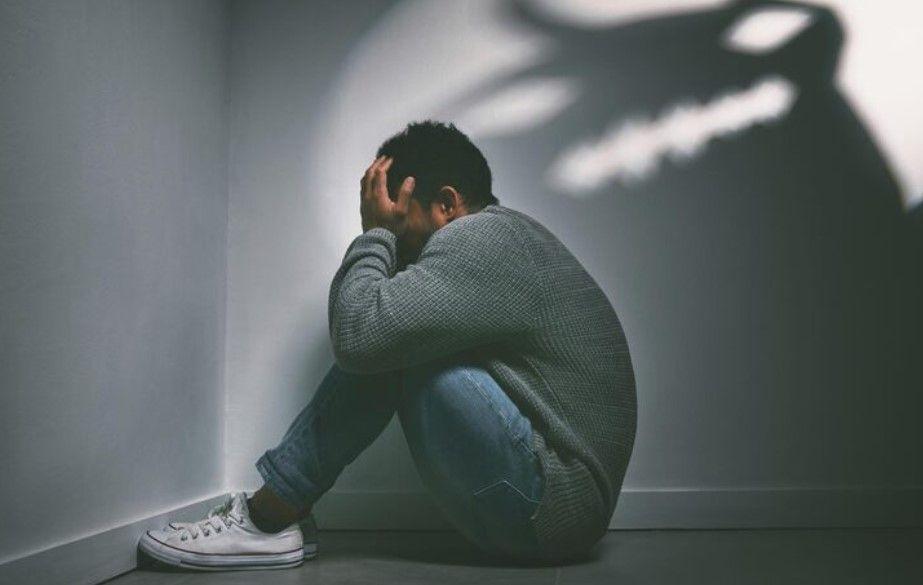The Path to Healing: Why Everyone Should Consider Therapy for Post Traumatic Stress Disorder
In the silent corridors of our minds, trauma can linger, casting long shadows that disrupt our lives in unexpected ways. Posttraumatic Stress Disorder (PTSD) is a condition that affects millions of people worldwide, often leaving them feeling isolated and misunderstood.
While the journey through trauma is deeply personal, therapy offers a powerful and transformative path to healing. In this first installment of our series on mental health, we explore why everyone should consider therapy or counseling for PTSD.
Understanding PTSD: The Invisible Wounds
PTSD can develop after experiencing or witnessing a traumatic event, such as a natural disaster, accident, war, assault, or any life-threatening situation. The symptoms of PTSD are varied and can include flashbacks, nightmares, severe anxiety, and uncontrollable thoughts about the event. These symptoms can significantly impair a person’s ability to function in daily life, affecting relationships, work, and overall well-being.
Despite the prevalence of PTSD, many people do not seek the help they need, often due to stigma or a lack of understanding about the disorder. Therapy is a crucial step in addressing PTSD, offering individuals the tools and support necessary to reclaim their lives from the grip of trauma.
The Power of Professional Help
Therapy for PTSD is not just about talking through your experiences; it involves a structured approach that helps individuals process their trauma and develop coping mechanisms. Here are some compelling reasons why everyone should consider therapy for PTSD:
- Expert Guidance and Support: Therapists specializing in PTSD understand the complexities of trauma and its impact on the mind and body. They provide a safe and supportive environment where individuals can explore their feelings without judgment.
- Evidence-Based Treatments: Therapists use evidence-based treatments, such as Cognitive-Behavioral Therapy (CBT), Eye Movement Desensitization and Reprocessing (EMDR), and Prolonged Exposure Therapy (PE). These therapies have been scientifically proven to reduce symptoms of PTSD and help individuals regain control over their lives.
- Personalized Treatment Plans: Every person's experience with trauma is unique. Therapists tailor treatment plans to meet the specific needs of each individual, ensuring the most effective and personalized approach to healing.
- Building Coping Skills: Therapy equips individuals with practical coping skills to manage symptoms of PTSD. These skills can help reduce anxiety, improve sleep, and enhance overall quality of life.
- Healing Relationships: PTSD can strain relationships with family, friends, and colleagues. Therapy can help individuals understand and address these challenges, fostering healthier and more supportive relationships.
Addressing the Stigma
One of the significant barriers to seeking therapy for PTSD is the stigma associated with mental health issues. Many people believe that admitting to having PTSD is a sign of weakness or failure. However, seeking therapy is a courageous and proactive step towards healing. It is important to recognize that PTSD is a medical condition that requires professional treatment, just like any other health issue.
The Journey to Recovery
Therapy for PTSD is a journey, not a quick fix. It requires commitment, patience, and a willingness to engage in the healing process. However, the benefits of therapy are profound and far-reaching. Individuals who undergo therapy for PTSD often report significant improvements in their symptoms, a greater sense of control over their lives, and a renewed sense of hope and purpose.
A Call to Action
In conclusion, therapy is an essential tool for anyone dealing with PTSD. It provides a pathway to understanding and overcoming trauma, offering a chance for individuals to heal and thrive. If you or someone you know is struggling with PTSD, consider reaching out to a mental health professional. The journey to recovery begins with the first step, and therapy can be the guiding light on that path.
CATEGORIES












